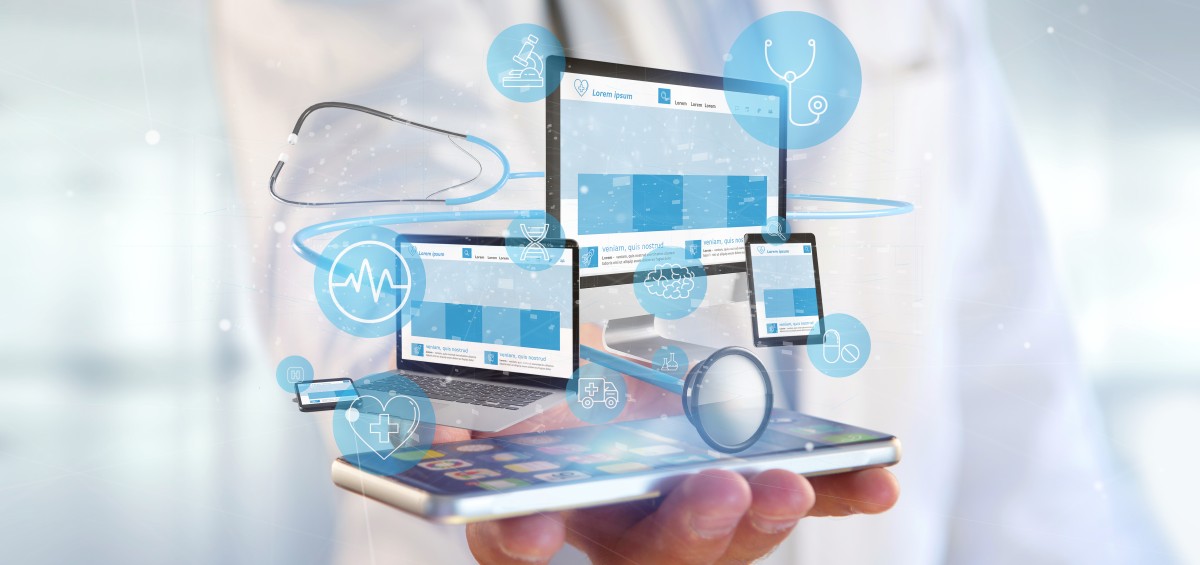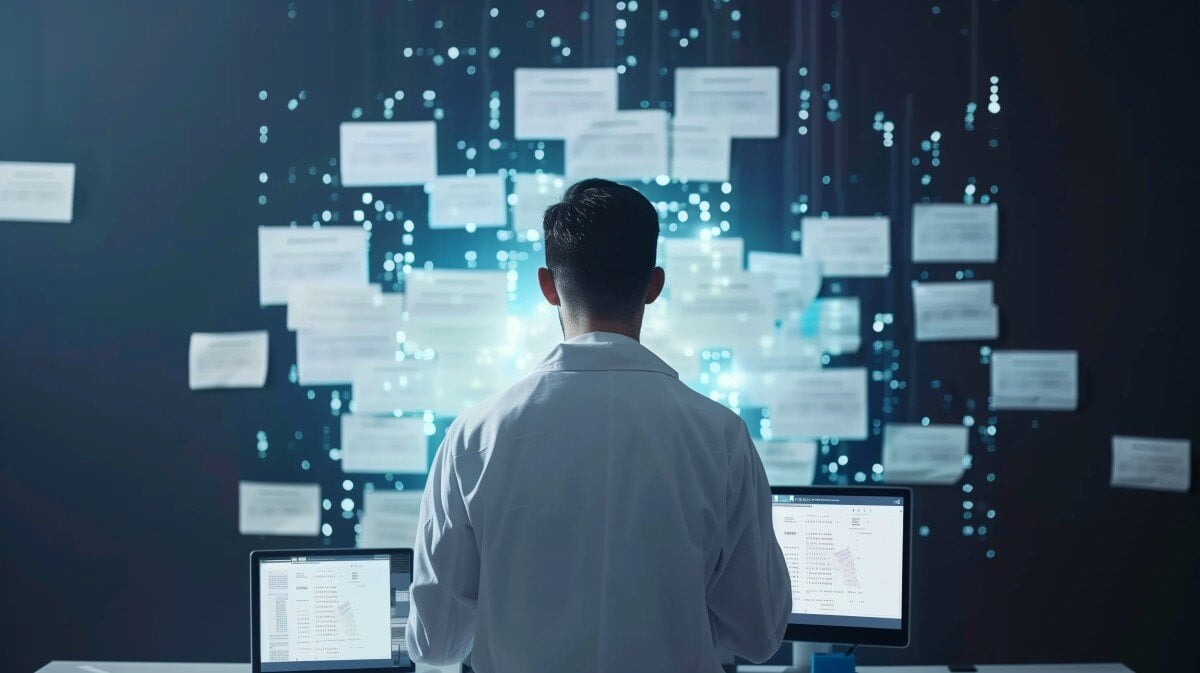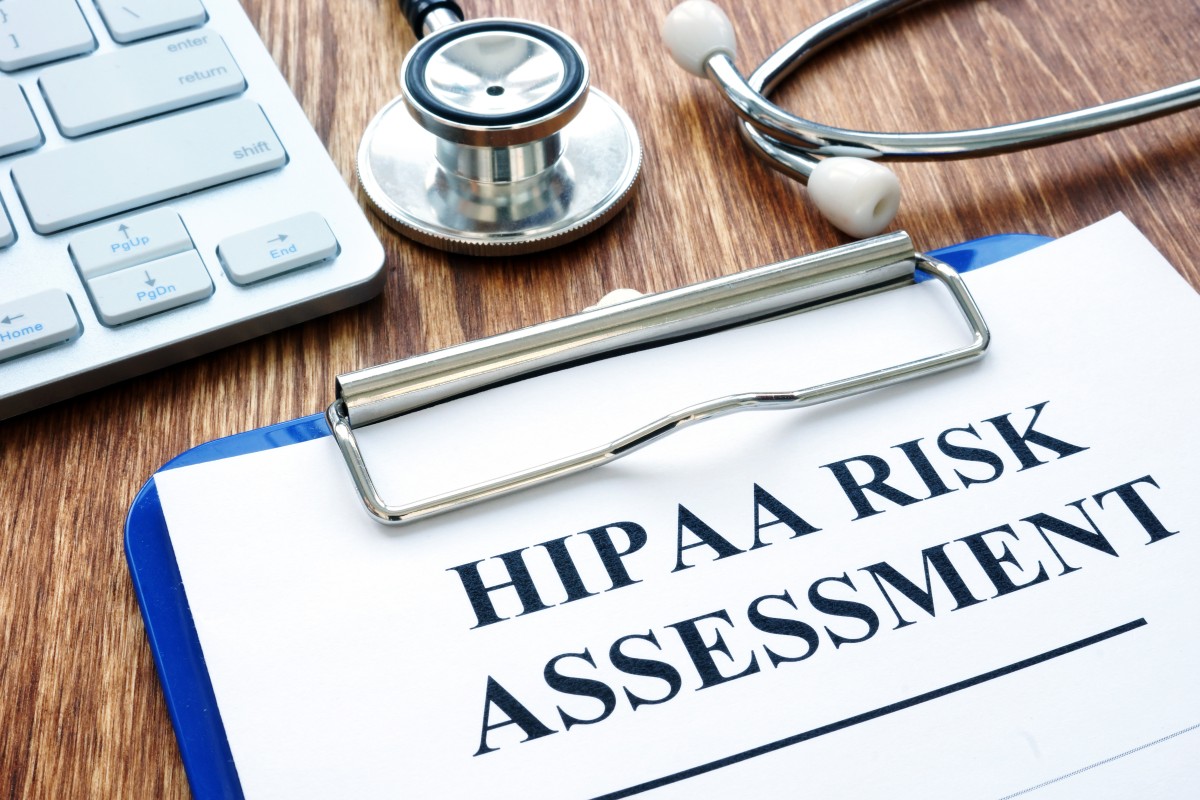Using Patient Education Videos to Support Preventive Care Strategies
As a healthcare provider, you know prevention saves lives. From routine screenings and lifestyle counseling to vaccinations and early detection,...
5 min read
Robert McDermott Jun 8, 2023 12:00:00 PM
 How’s your security stance? Honestly. With day-to-day demands and business needs, many healthcare organizations are reacting to security concerns rather than responding–and reactions are rarely the best response. Given the increasing size of the target on healthcare organizations and the ever-evolving security threats, staying on top of security needs to be prioritized in a way that, unfortunately, many health care providers are underprepared for.
How’s your security stance? Honestly. With day-to-day demands and business needs, many healthcare organizations are reacting to security concerns rather than responding–and reactions are rarely the best response. Given the increasing size of the target on healthcare organizations and the ever-evolving security threats, staying on top of security needs to be prioritized in a way that, unfortunately, many health care providers are underprepared for.
Thankfully, an increasing reliance on cloud based solutions and providers means that healthcare organizations can focus on the business of providing care and improving patient experience while IT experts focus on their practice security. Learning how to leverage the cloud as well as cloud service providers can significantly improve your security posture and help protect your practice.
Quick Links
With the current security landscape, it should come as no surprise to most healthcare providers that IT security is an essential part of running a practice. There’s news almost daily about healthcare data breaches which can be devastating for a large organization and potentially catastrophic for smaller ones.
When you think “healthcare data breach”, you probably think “HIPAA violation”--and you’re often right. That’s why so many healthcare providers focus on HIPAA compliance, considering it the equivalent of full IT security.However, IT security protocols should go beyond HIPAA compliance requirements. While staying HIPAA compliant can certainly help mitigate security risks, there are a few major concerns practice managers should keep in mind to be sure they’re staying on top of all vulnerabilities.
1. Data breaches- First and foremost, avoiding the loss or exposure of patient or business data to unknown parties, through theft or negligence, should be a top security goal.
2. Data governance and access control- When it comes to securing data, the first step to ensuring its safety is controlling who has access to your data. Insider threats, from untrained staff members to visiting contractors, are a real concern. So, tracking who is accessing your data is essential, as is keeping an auditable record of system logins (HIPAA requirement).
3. Outdated or legacy technology- Whether it’s computers that are too old to be updated or unpatched software, both pose a significant threat to your organization by opening up backdoor access to your network.
4. Malware/Ransomware- Typically, exposure to these threats is through email attacks like phishing or spear phishing. Malware can quickly overtake your system, exposing client and practice data to malicious actors. Similarly, ransomware can expose your system to a complete takeover and require you to pay a large ransom fee to recover access to critical data–if they give it back at all.
5. Supply chain attacks- Your network is only as strong as your weakest link. Supply chain attacks occur when a vendor has a breach, such as malware or a phishing attack, which opens up a door to your system and data as well.
6. DDoS attack- Distributed Denial of Service attacks severely limit access to your network or system via a coordinated attack. Attackers flood your server with traffic and bandwidth demands, making it nearly impossible for your providers or organization to access patient files or other tools vital to patient care.
These are, for now, some of the bigger threats that exist in the healthcare IT landscape. However, one of the biggest challenges is that, given the value of personally identifiable information (PII) on the black market, threats like these will continue to evolve.
 Challenges of Healthcare IT Security
Challenges of Healthcare IT SecurityWhile awareness and preparedness are the best tools to mitigate the evolving threats, healthcare IT security faces other challenges, many of which can, similarly, be mitigated.
One often overlooked challenge is human error, negligence, or oversight. Despite being aware of the impact of human intervention on security vulnerabilities, security training is one of the best tools healthcare organizations have at their disposal to reduce risks. Keeping your staff up to date on threats and vulnerabilities can be challenging and require some time, but a little training goes a long way, especially when it comes to email attacks.
Outside of the challenge of keeping your team updated on security threats are the workflow and patient care obstacles that can be created when trying to protect valuable patient data. For example, neither doctors nor dentists work in a vacuum. Often, they are part of a larger care team with whom they need to share information about a patient. That information sharing opens up vulnerabilities and risks as does any exchange of information that requires sharing patient data or EHR.
Perhaps one of the biggest challenges for IT security in healthcare organizations is for small-to-medium sized practices that do not have the capacity to hire IT teams, the funds to purchase all the latest equipment and upgrades or the resources to allocate to IT monitoring. While it’s a priority for many, security monitoring and updating is time consuming and requires some technical knowledge and expertise. Not every practice can dedicate time, money, or staff members to focus on IT and security.
And yet, the ability to communicate clearly with patients and other providers, as well as provide efficient and effective care, can work seamlessly with security needs without sacrificing valuable resources.
 Security Features of Cloud Computing
Security Features of Cloud ComputingOne way you can improve workflow efficiency and security with one solution, and minimal disruption to your business, is by moving to cloud based solutions. That includes using cloud-based applications which allow multiple users to access the data they need, using any computer or device available, regardless of where they are, while providing the security features that help keep that data safe.
Early on, when cloud based applications first appeared, there were some big concerns about data security and access, especially because cloud servers were located off-premise. But since those initial days, cloud security has developed into a multi-tiered system involving everything from applications and services to policies and protocols. In fact, these days, cloud applications and services are often more secure and better monitored than on premise solutions.
In fact, cloud based security includes several features that, were a healthcare organization to try and handle on its own, would require a dedicated IT team.
Cloud security often encompasses:
Access control- Physical access to servers and logical (digital) access to data can be controlled, monitored, and audited as necessary. Protecting data from the entry points is step one in creating a security platform.
Data security- From monitoring for suspicious activity to encrypting data, data security measures ensure your data is safe at rest and in transit. When it comes to HIPAA compliance, this is a key element as HIPAA requires that data be encrypted.
Security monitoring and management- Using applications, AI, and human intervention, servers and networks are monitored for suspicious traffic, access attempts, performance, and more to ensure network security and health
Disaster recovery- Immediate threats to your data are a significant concern, but so is the threat of long term or even permanent loss due to a disaster, natural or manmade. Cloud services ensure that your data is securely stored off premise and data backups are performed regularly in an automated process that ensures business continuity.
And, the added bonus of cloud support services is that you have a hands-on team monitoring all aspects of your infrastructure to ensure security and systems are up to date and working as expected.
For healthcare providers and organizations, one of the biggest challenges of maintaining IT security is not having an in-house team capable of managing, monitoring, and responding to IT needs and, in worst-case scenarios, incidents. Relying on a cloud based provider for cloud based applications or even for managed IT services can help take the burden off your team and allow them to focus on business-critical tasks and patient care.
In addition to the human resources required to maintain a secure network, there’s also the capital investment for equipment that is up to date and capable of running current security software. Capital expenses that are, sometimes, unpredictable can add significant costs, but a failure to keep equipment and hardware updated can result in security vulnerabilities that are far more costly.
Finally, with threats that are constantly evolving, one of the biggest challenges for healthcare organizations is staying abreast of those threats and knowing what to look for when it comes to active monitoring. It’s nearly impossible to defend against threats one doesn’t know about or understand. Working with cloud based providers means you can leverage their experience and expertise and be able to respond to security threats in real time.
If you’re ready to talk about how iCoreConnect and its cloud based solutions, managed IT support, or HIPAA risk assessment can help you and your medical or dental practice secure your data and your continuity, book a demo with our team today.

As a healthcare provider, you know prevention saves lives. From routine screenings and lifestyle counseling to vaccinations and early detection,...

There’s no denying that the AI boom is here. The American Medical Association reports that 66% of physicians are currently using artificial...

If only managing your practice’s revenue cycle came with a crystal ball. You could spot claim denials before they happen, predict when patients might...

Imagine if your healthcare practice could instantly expand its team to handle more patients, streamline administrative tasks, and keep everything...

There’s an old adage that states “What you don’t know can’t hurt you.” While that might be true in quite a few circumstances, it certainly doesn’t...

Most healthcare practices wouldn’t dream of forgoing malpractice insurance. It’s a necessity to keep a practice safe. And yet, many practices take a...